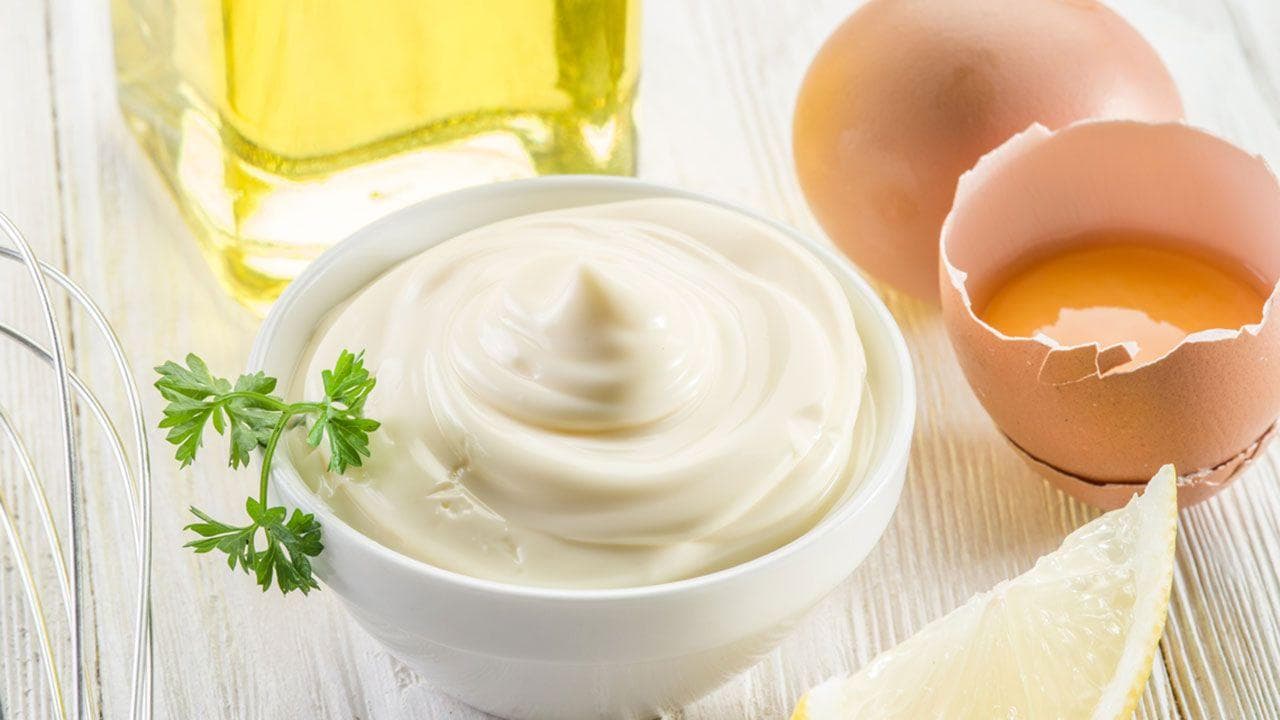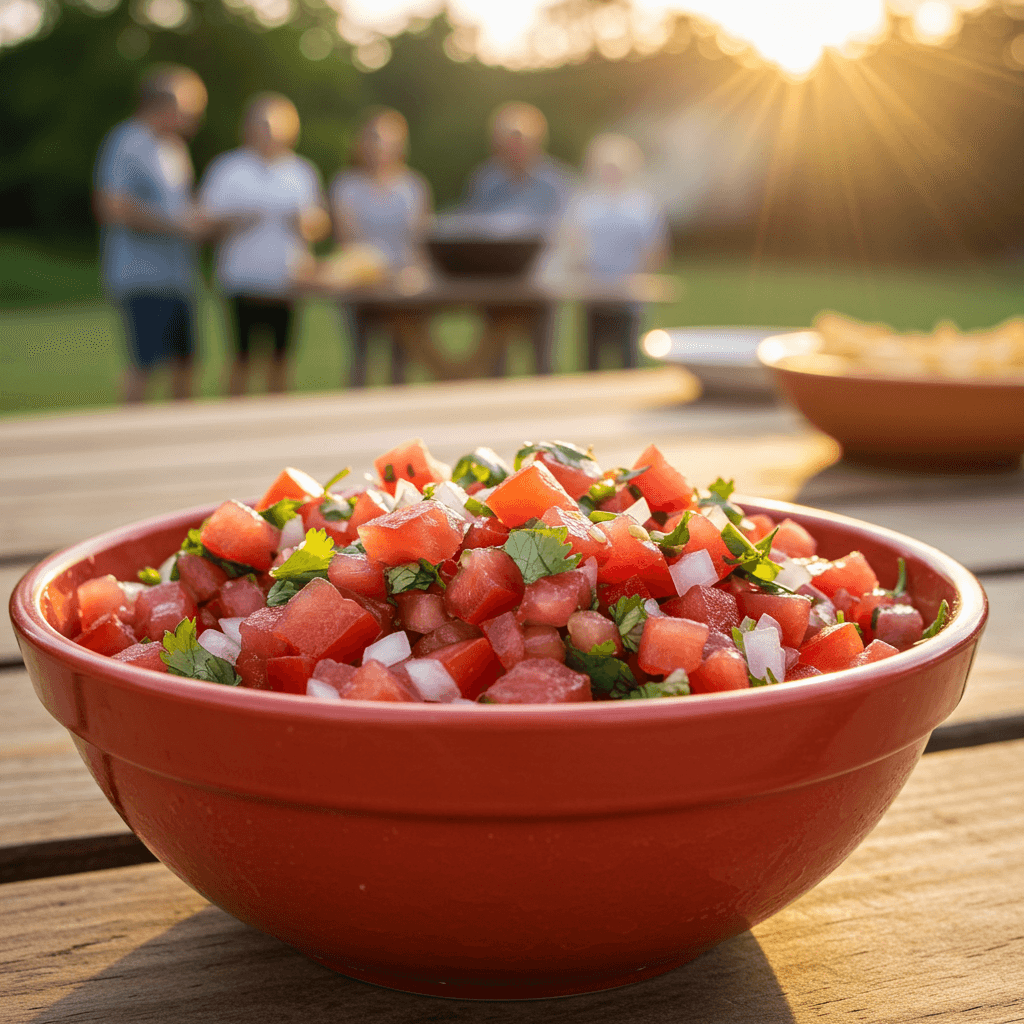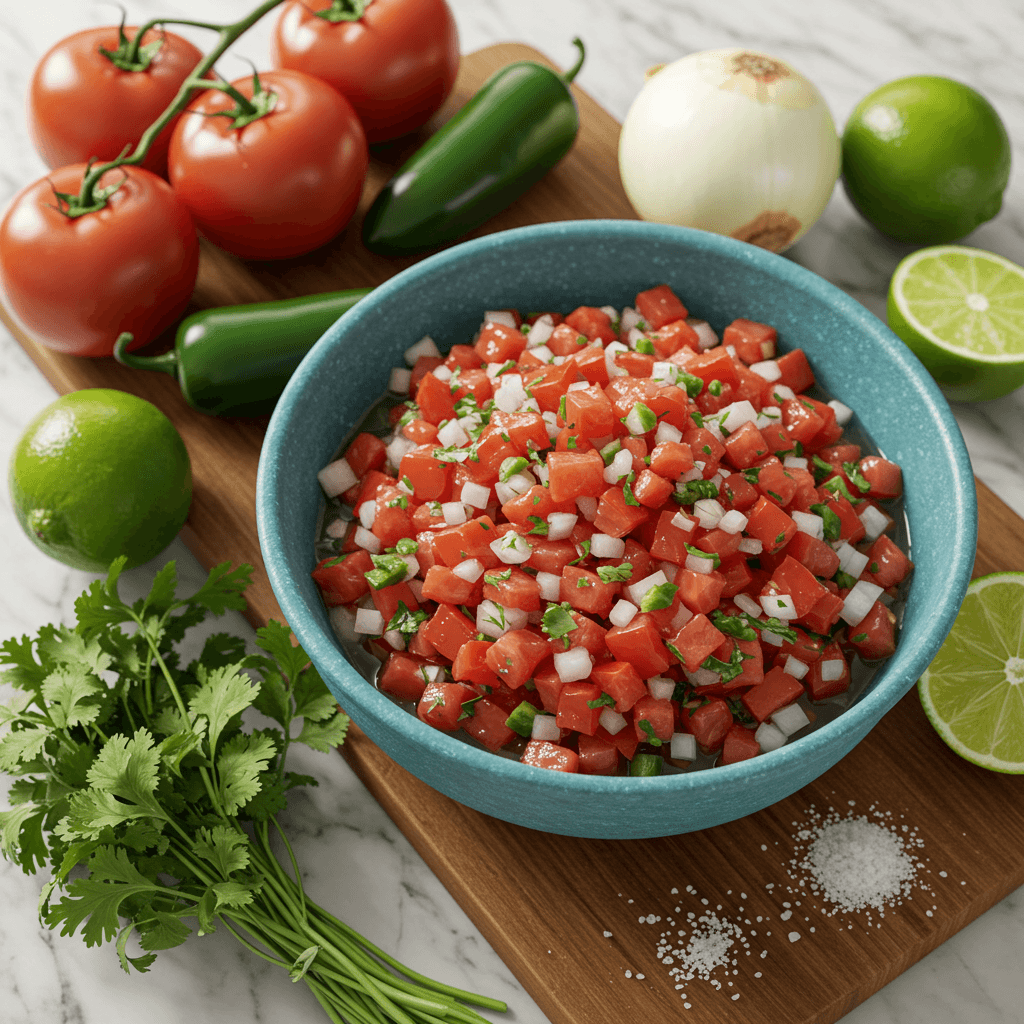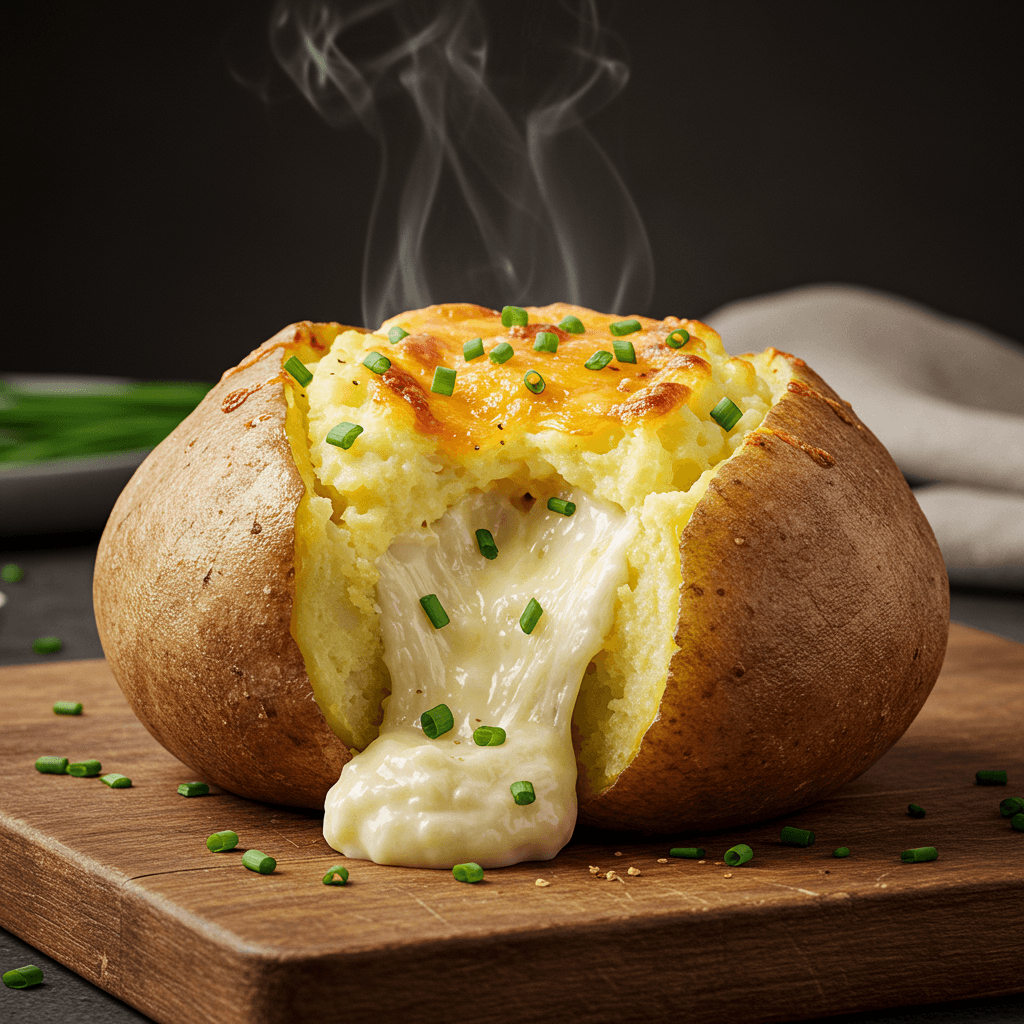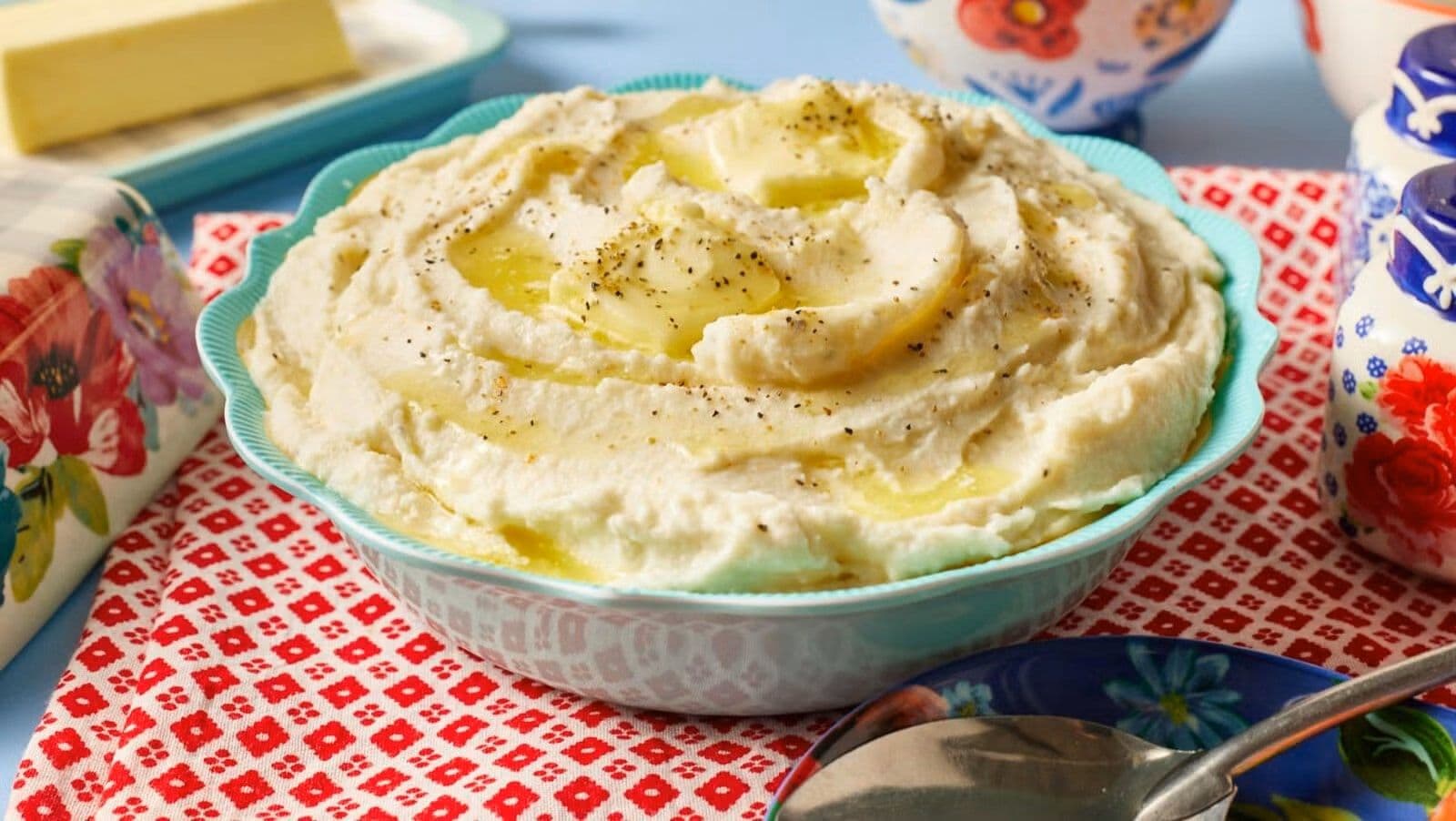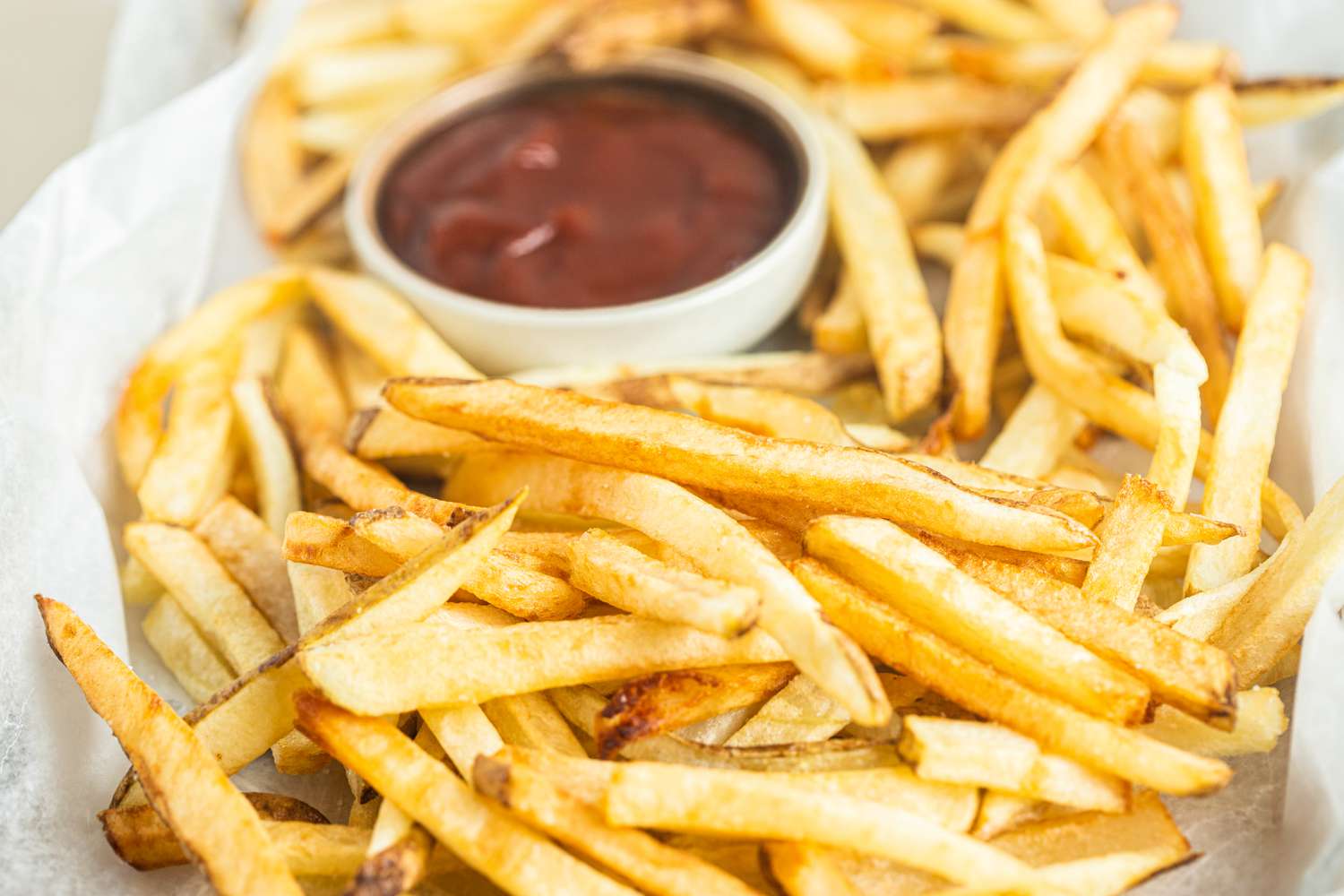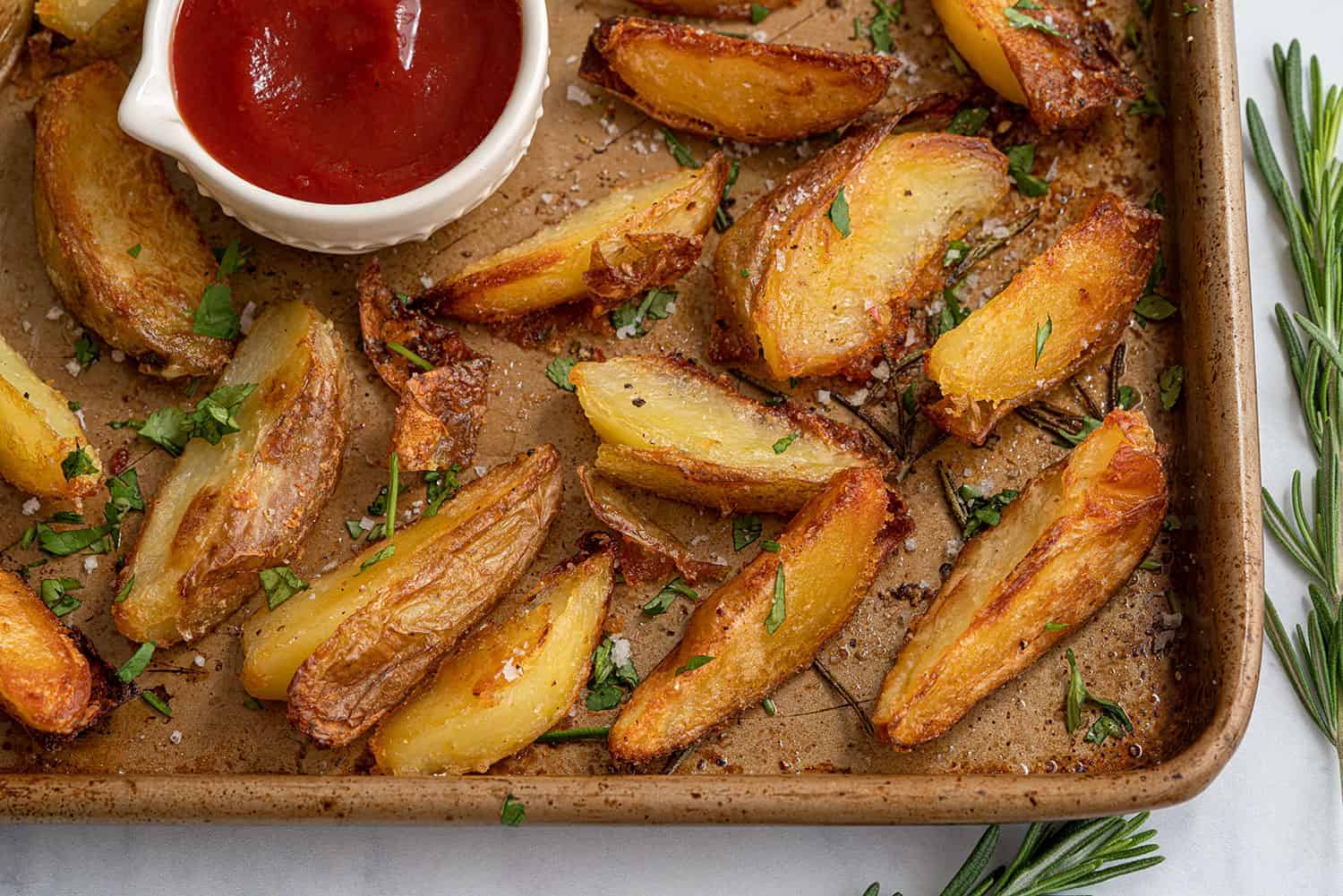How Difficult is it to Make Homemade Mayonnaise?
Making homemade mayonnaise might seem difficult, but it’s actually a simple process that requires just a few basic ingredients and tools. In just a few minutes, you can have fresh mayonnaise ready to complement your favorite dishes. It’s a quick and easy process that anyone can do, without the need for complicated ingredients. The key to good mayonnaise is to follow a few simple steps and have some patience. Although it may seem tricky at first, once you master the technique, you’ll be making mayonnaise at home in no time, achieving a result that’s much fresher and tastier than store-bought versions.
Homemade mayonnaise isn’t just fresher; you can also adjust the flavor to your personal taste. Whether you prefer a tangier touch or a thicker consistency, it’s all possible when you make it at home. Plus, it gives you the satisfaction of knowing exactly what you’re eating, free from preservatives and additives.

The Secret to Making Homemade Mayonnaise
The success of homemade mayonnaise lies in the perfect balance of ingredients and the technique used to emulsify them. The secret is to add the oil slowly and steadily while beating or blending the other ingredients. This step is crucial as it allows the oil to properly combine with the egg, creating the creamy texture characteristic of mayonnaise. Additionally, the temperature of the ingredients also plays an important role; it’s recommended that they all be at room temperature to facilitate the emulsification process.
Another key factor is patience: don’t rush. Making mayonnaise calmly and at the right pace ensures a better result. By following these tips, you’ll achieve a homemade mayonnaise that not only has a smooth and consistent texture but also stands out for its fresh and natural flavor.
The Best Tips for Making Mayonnaise
To achieve perfect homemade mayonnaise, keep these key tips in mind:
- Choose fresh, high-quality ingredients: Use fresh eggs and a neutral-flavored oil like sunflower or canola. The quality of the ingredients will directly affect the taste and texture of the final product.
- Don’t use an oversized or wide container: For better emulsification, it’s best to use a narrow, tall container. This allows the ingredients to mix more efficiently and prevents the mayonnaise from breaking.
- Don’t attempt to make it in a food processor: Although it might seem like a quick option, food processors aren’t ideal for making mayonnaise. It’s better to use an immersion blender or a hand whisk for better results.
- Ensure the immersion blender is set to high: This will allow you to incorporate the oil more efficiently and quickly, resulting in a creamy and smooth texture.

Oils You Can Use to Make Homemade Mayonnaise
The type of oil you choose for making homemade mayonnaise significantly influences the flavor and texture of the final product. Here are some popular options:
- Sunflower oil: It’s one of the most common oils for making mayonnaise due to its neutral and light flavor. It provides a smooth and creamy texture without altering the taste of the mayonnaise.
- Olive oil: Offers a more robust and slightly fruity flavor. It’s ideal if you’re looking for mayonnaise with a more Mediterranean touch, but it’s recommended to use it in combination with a milder oil to avoid an overpowering flavor.
- Canola oil: Like sunflower oil, it has a neutral flavor that allows the other ingredients to shine. Additionally, it’s a healthier option due to its low saturated fat content.
- Avocado oil: Although less common, avocado oil is an excellent option if you’re looking for mayonnaise with a different flavor profile and additional health benefits, thanks to its high content of monounsaturated fats.
- Coconut oil: Provides a dense texture and a sweet, exotic flavor, but it’s best used in small amounts or in combination with other oils to avoid an overly dominant taste.

Ingredients
To make delicious and high-quality homemade mayonnaise, you only need a few basic ingredients. Here they are:
- Eggs: They are the main ingredient for emulsification. It’s recommended to use fresh eggs at room temperature to achieve the best consistency.
- Oil: Choose a neutral-flavored oil like sunflower, canola, or a combination with olive oil if you prefer a more robust touch.
- Mustard: Although optional, mustard not only adds flavor but also helps stabilize the emulsification. You can use Dijon mustard for a more sophisticated flavor.
- Vinegar or lemon juice: These acidic ingredients are essential for giving mayonnaise its characteristic flavor and also contribute to the stability of the mixture.
- Spices and herbs: To customize the flavor of your mayonnaise, you can add spices like oregano, parsley, garlic powder, pepper, or any other herb you like. These not only add an extra touch of flavor but can also make your mayonnaise more aromatic and special.
- Salt: Add the right amount of salt to enhance the flavors. You can adjust to taste once the mayonnaise is ready.

How to Make Homemade Mayonnaise in a Blender and with an Immersion Blender
There are several ways to make homemade mayonnaise, and both the blender and immersion blender are excellent tools to achieve it. Here’s how to do it with each:
| Tool | Ingredient | Quantity | Instruction |
|---|---|---|---|
| Blender | Eggs | 2 | Place the eggs in the blender. |
| Mustard | 1 teaspoon | Add the mustard along with the eggs. | |
| Vinegar or lemon juice | 1-2 tablespoons | Add the vinegar or lemon juice to give acidity and stability to the emulsification. | |
| Salt | 1/2 teaspoon | Add the salt to the mixture to enhance the flavors. | |
| Oil | 1 cup (240 ml) | With the blender on low speed, slowly add the oil in a continuous stream. | |
| Spices (optional) | To taste | Add spices like oregano, parsley, or pepper if you want to customize the flavor. | |
| Immersion Blender | Eggs | 2 | Place the eggs in a narrow, tall container. |
| Mustard | 1 teaspoon | Add the mustard along with the eggs in the container. | |
| Vinegar or lemon juice | 1-2 tablespoons | Add the vinegar or lemon juice to give acidity and stability to the mixture. | |
| Salt | 1/2 teaspoon | Add the salt to taste. | |
| Oil | 1 cup (240 ml) | With the immersion blender set to high, slowly add the oil while keeping the blender at the bottom of the container. | |
| Spices (optional) | To taste | Incorporate spices if you want to give your mayonnaise a special flavor. |

How to Fix Broken Mayonnaise
Sometimes, despite following all the steps correctly, mayonnaise can "break," meaning the emulsification separates and the mixture becomes runny. Fortunately, there are ways to fix broken mayonnaise and restore its creamy texture.
- Use an additional egg: Place an egg yolk in a clean container and slowly add the broken mayonnaise while whisking or blending with an immersion blender. The extra yolk will help recombine the ingredients and stabilize the emulsification.
- Add hot water: If you don’t have an extra egg, you can try adding a tablespoon of hot water to the broken mayonnaise while whisking. The heat will help the ingredients mix again.
- Use mustard: Mustard is a natural emulsifier. If the mayonnaise breaks, try adding a small amount of mustard and whisk vigorously to help the mixture come together again.

Storage Tips
Once you’ve made your homemade mayonnaise, it’s essential to store it properly to maintain its freshness and safety. Here are some key tips:
Store the mayonnaise in an airtight jar or container to prevent contamination from other foods or oxidation. Refrigerate the mayonnaise immediately after preparing it. Since it lacks preservatives, it’s more susceptible to spoilage.
To ensure freshness and avoid health risks, consume homemade mayonnaise within 3 to 5 days. While store-bought mayonnaise has a longer shelf life, homemade mayonnaise should be consumed quickly. By following these simple tips, you can enjoy fresh, delicious mayonnaise for several days.

Ways to Use Your Homemade Mayonnaise
Homemade mayonnaise is incredibly versatile and can be used in many ways to enhance the flavor of your favorite dishes. Here are some ideas:
- In sandwiches and wraps: Add a layer of homemade mayonnaise to your sandwiches or wraps for a creamy texture and fresher flavor. You can combine it with mustard, honey, or fresh herbs for variety.
- As a base for dressings: Use your homemade mayonnaise as a base for salad dressings. Mix it with vinegar, lemon juice, garlic, or spices to create unique and delicious dressings.
- In dips and sauces: Homemade mayonnaise is perfect for making dips and sauces. Combine it with ingredients like garlic, chives, or roasted peppers to create flavorful dips that accompany vegetables, fries, or seafood.
- To accompany meats and fish: Use homemade mayonnaise as a side for meats and fish. It’s ideal for serving alongside roasts or grilled dishes, adding a creamy touch that complements smoky flavors.

Frequently Asked Questions
Q: Is it difficult to make homemade mayonnaise?
A: Not at all! With just a few basic ingredients like eggs, oil, and lemon juice, you can prepare it in minutes. The key is patience and slowly adding the oil to achieve the perfect creamy texture.
Q: What is the secret to successful homemade mayonnaise?
A: The main secret is proper emulsification. Add the oil very slowly at room temperature while blending, so it combines with the egg and creates smooth, stable mayonnaise.
Q: What should I do if my mayonnaise breaks?
A: Don’t worry—broken mayonnaise can be fixed. Add a fresh egg yolk to a clean container, and slowly whisk or blend in the broken mixture until it comes back together.
Q: How long does homemade mayonnaise last?
A: Since it has no preservatives, homemade mayonnaise should be kept refrigerated and consumed within 3 to 5 days. Always store it in an airtight container for maximum freshness.
